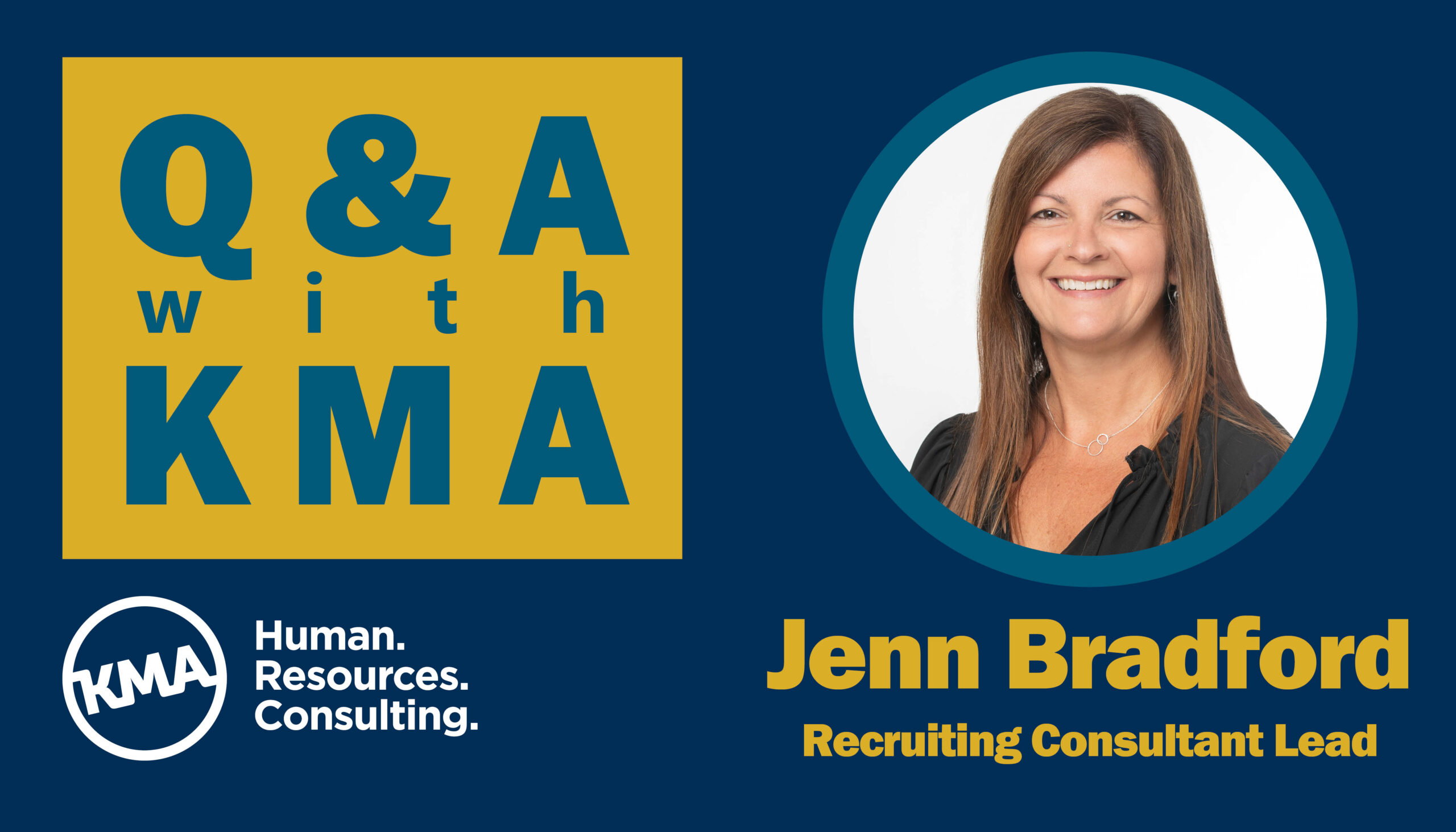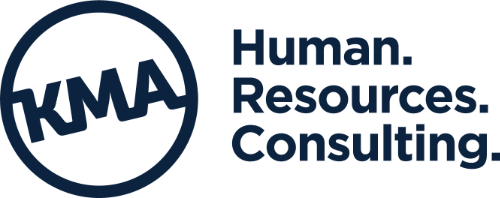
It’s graduation season, the time of year when many newly matriculated students begin to search for a “real” job and officially launch their careers. Jenn Bradford has been working in HR and recruiting for nearly two decades, and she’s got plenty of great advice for job seekers – whether it’s to land that first job, or for anyone who hasn’t been active in today’s technology-driven job market in many years. Here’s our conversation with Jenn.
Q: Jenn, if you had only one piece of advice for a job seeker today, what would that be?
The most important thing to keep in mind is that resumes are almost certainly going to be screened by an ATS (Applicant Tracking System) before landing in front of a human. That means an algorithm determines if your resume gets sent along or weeded out. Even in the case of a human screen, a recruiter will average less than ten seconds scanning each resume. So how can you make sure you’re not getting rejected before you even have a chance to be evaluated? The answer is keywords. Every job description is peppered with keywords and key phrases to describe the role and responsibilities, and successful resumes will contain as many of those keywords as possible. Gone are the days when you would create one general resume for every position. Today, you need to customize your resume to match each job you’re applying to, tailoring the keywords and key phrases to match the specific job description. The idea is not to misrepresent your skills, but to integrate keywords in describing your related coursework, internships, volunteering or other experience. This might seem like a lot of effort, but it will pay off by helping get you through that initial gatekeeper: the ATS algorithm.
Q: This is very different from how recruiters used to match jobs to candidates in the past!
Yes, anyone who hasn’t been on the job market in the last ten or so years will soon realize it’s a whole new ball game. The old strategy of sending off dozens of the same resumes and praying for a response will not get results today, and seasoned candidates searching in the current job market have to learn to navigate the reality of AI in recruiting.
Q: What is the best format for a resume these days?
Keep your resume simple. Don’t use fancy templates or design elements, and don’t include a photo, which could unintentionally introduce bias into the recruiting process. I also highly recommend that you submit a cover letter along with each job application. Often, it’s not required, but going the extra mile gives you an opportunity to stand out, shows that you are thorough and detail-oriented, and gives you another chance to express your interest in the role, the company and industry, which can be especially helpful for job seekers with little actual job experience.
Q: How important is building a network on LinkedIn or other platforms?
LinkedIn and Indeed are great for getting your name and resume out there. Adding connections is very easy on LinkedIn and you should spend time creating a strong profile and building your network. You can also set up notifications for when a new job in your area of interest is posted – timing can be so important in accessing job opportunities.
Q: What else can give job candidates an advantage today?
Be organized! If you’re applying to many, many positions – and you should be doing that – you need a system to keep track of what you’ve sent, to who and when. It can take more time than you think to hear back, so if it’s been weeks since you applied to a job, you might not remember anything about it. Having a spreadsheet or some way of tracking all your activity can come in handy when you do hear back. And something I always tell young candidates: make sure you are checking your email! Email is the standard for business communications and it’s often new for younger generations who are used to texting or communicating via other channels. So, make sure you’re checking your email at least once a day so that you can respond in a timely manner to a recruiter reaching out to you.
Q: Any final thoughts for new job seekers?
- Bookmark KMA’s job openings and check back often. We are constantly adding new opportunities.
- Keep an open mind and recognize that your first job is just a stepping stone. It might not be exactly what you’re ultimately pursuing, but you have to start somewhere, and your first job is an opportunity to see what you’re interested in and what you’re good at.
- Do your homework. Research the companies you’re applying to, follow them on social media, talk to people you know who work there, visit the website and try to get a sense of the culture and workplace environment, and if it’s a good fit.
- Practice your interviewing skills, craft answers to the kinds of questions you might be asked, and have your own questions ready to go too, as well as your elevator pitch on who you are and the value and skills you bring to the table. Being prepared can help with nerves when the time comes to sit down face to face with an interviewer.
- Always send an email thanking everyone you met with. It’s the little things that sometimes make the biggest impact.
- Lastly, be patient, be positive, and be persistent. You got this!
Reach out the recruiting team at KMA today for help hiring your next top performer.
